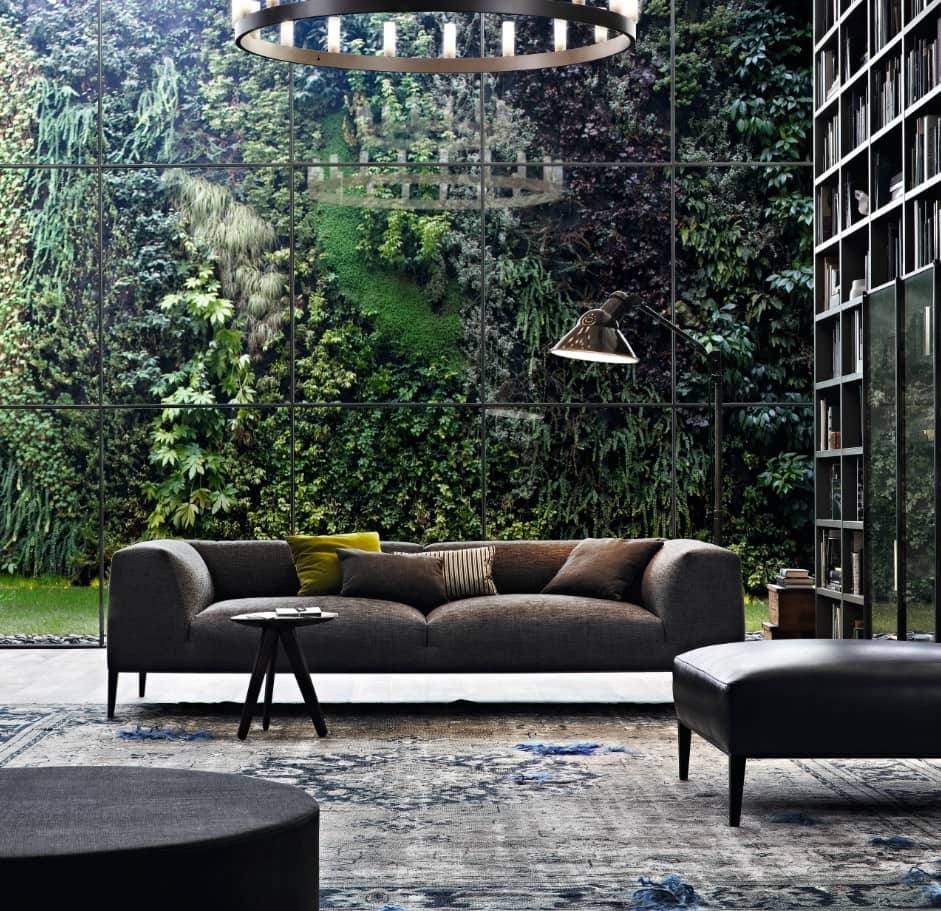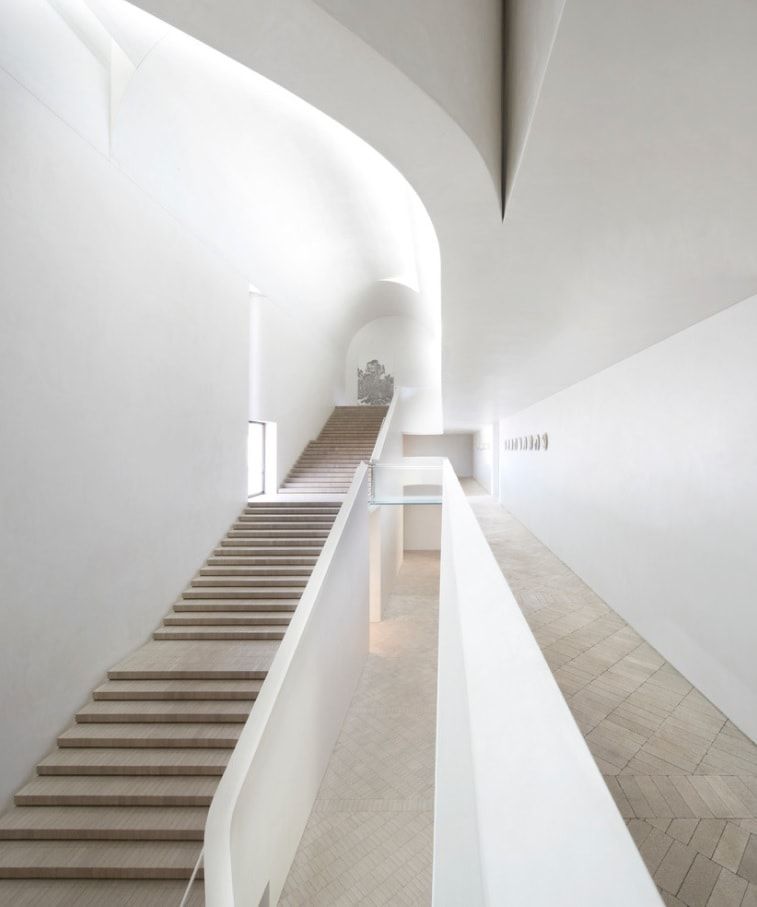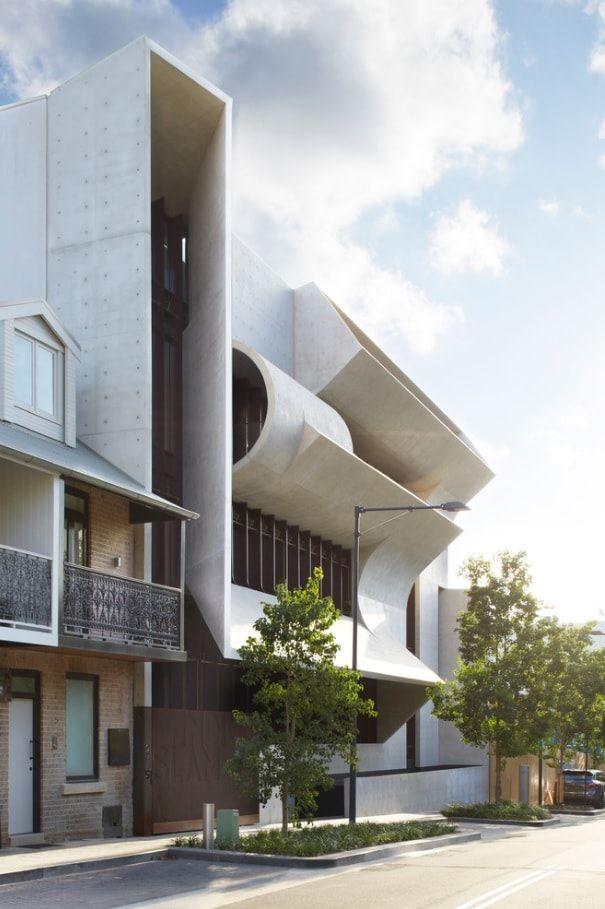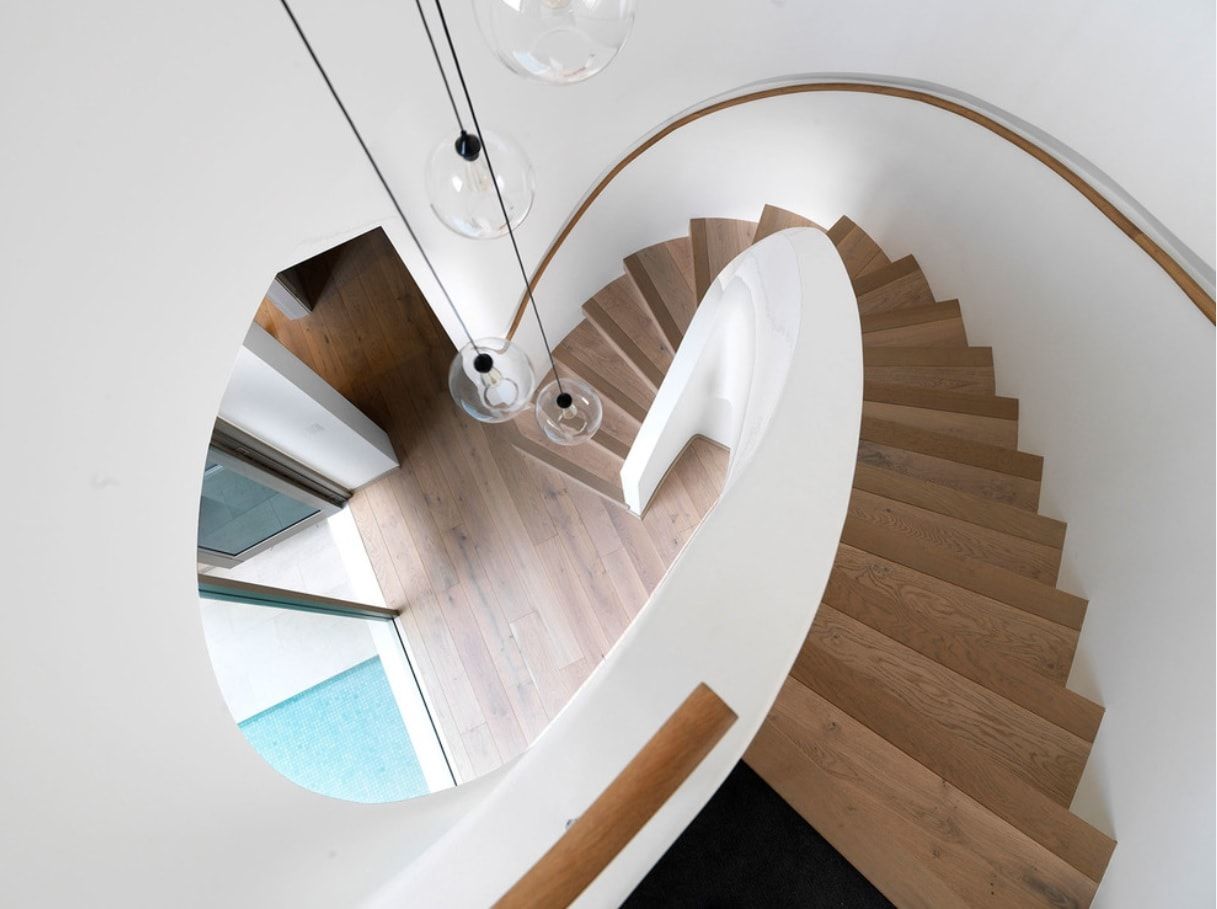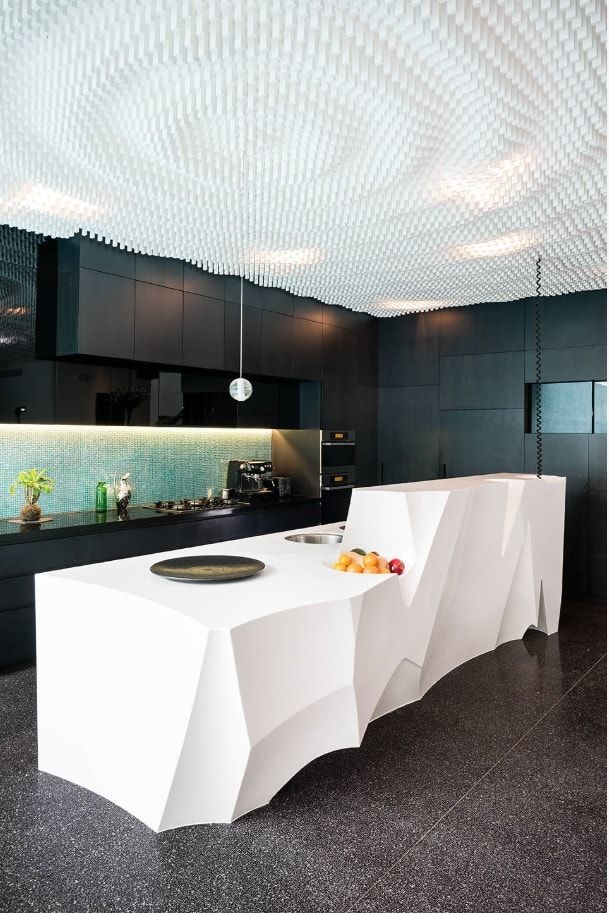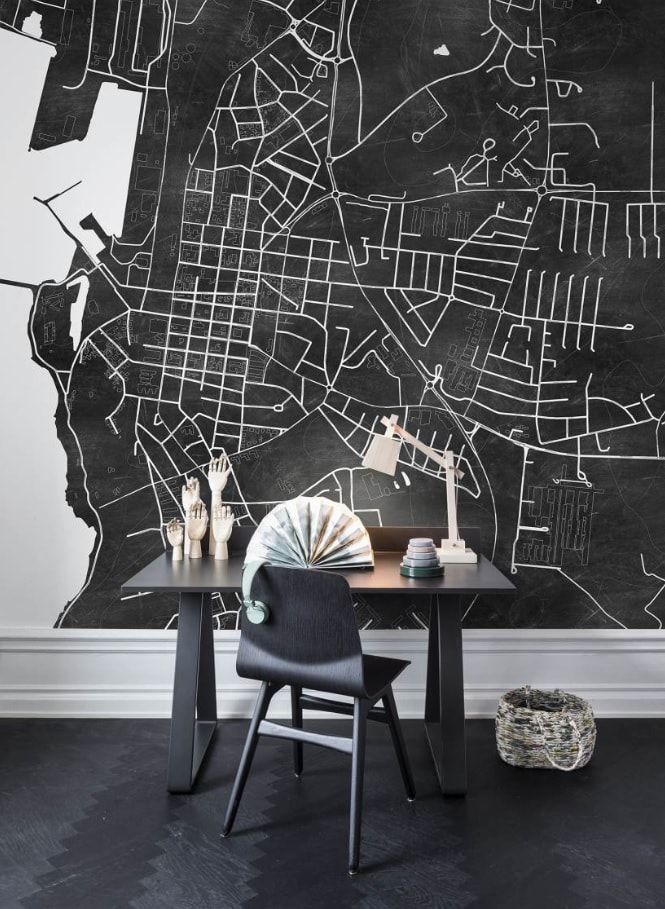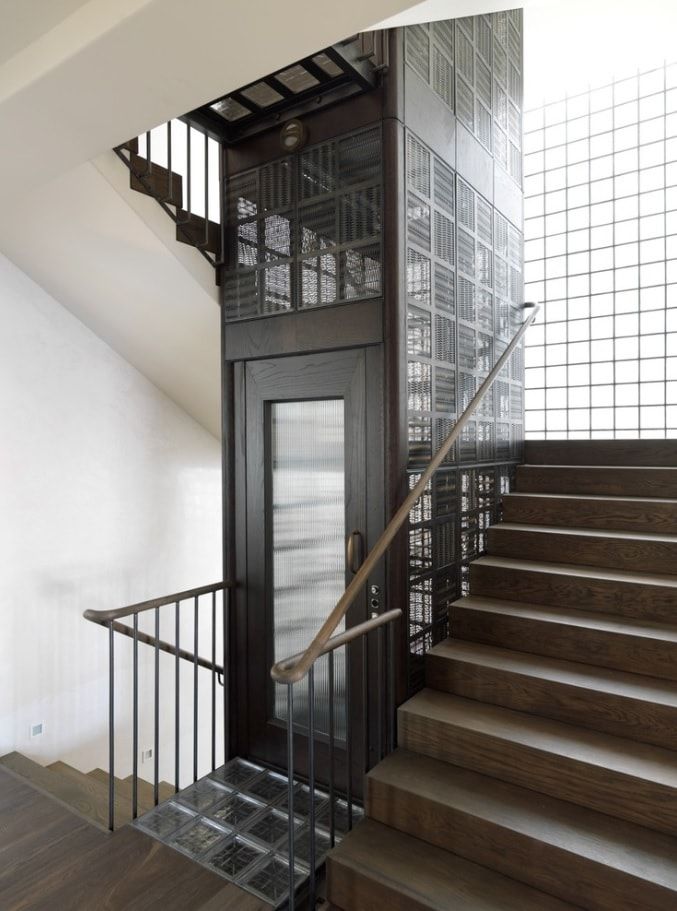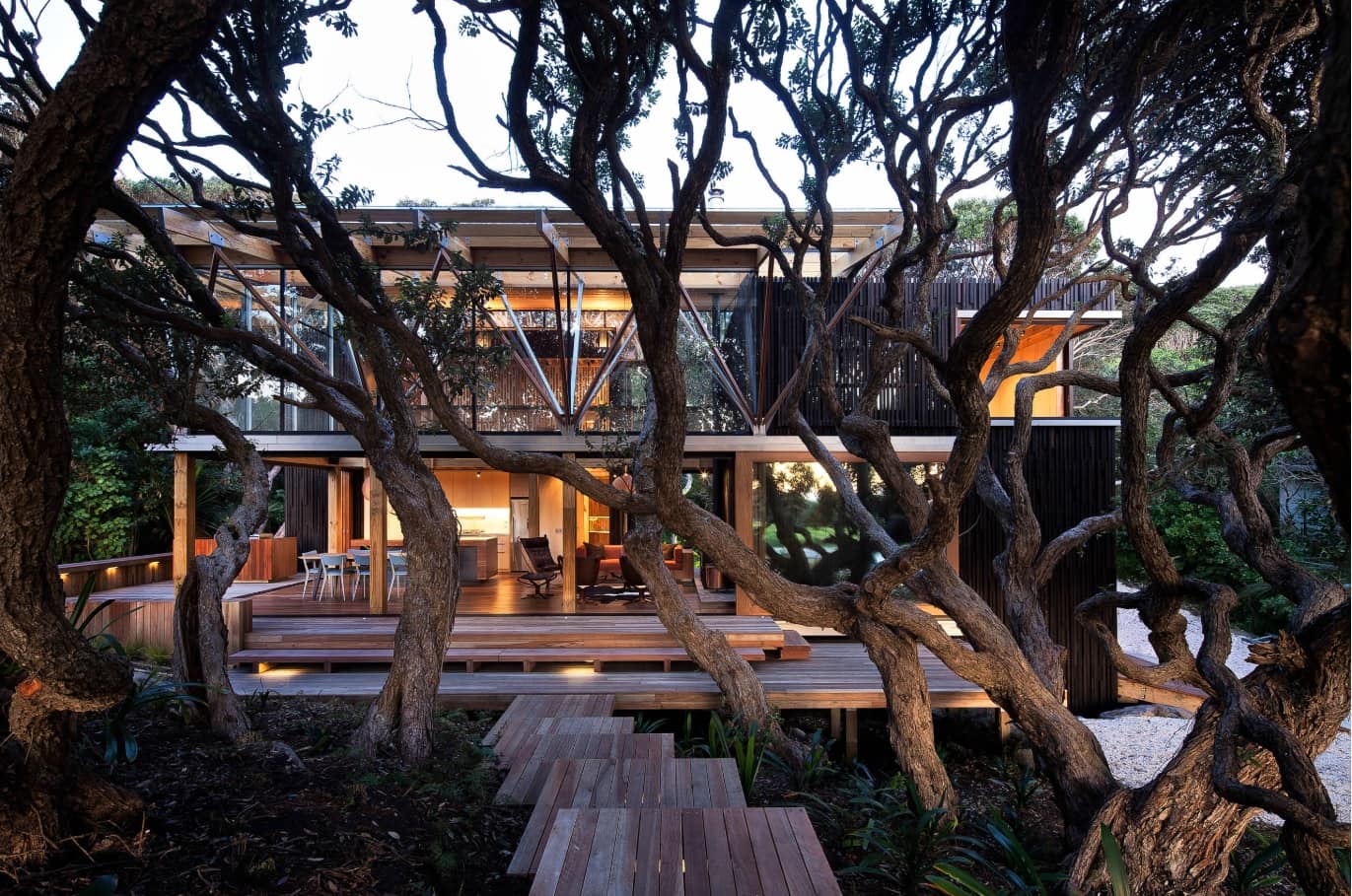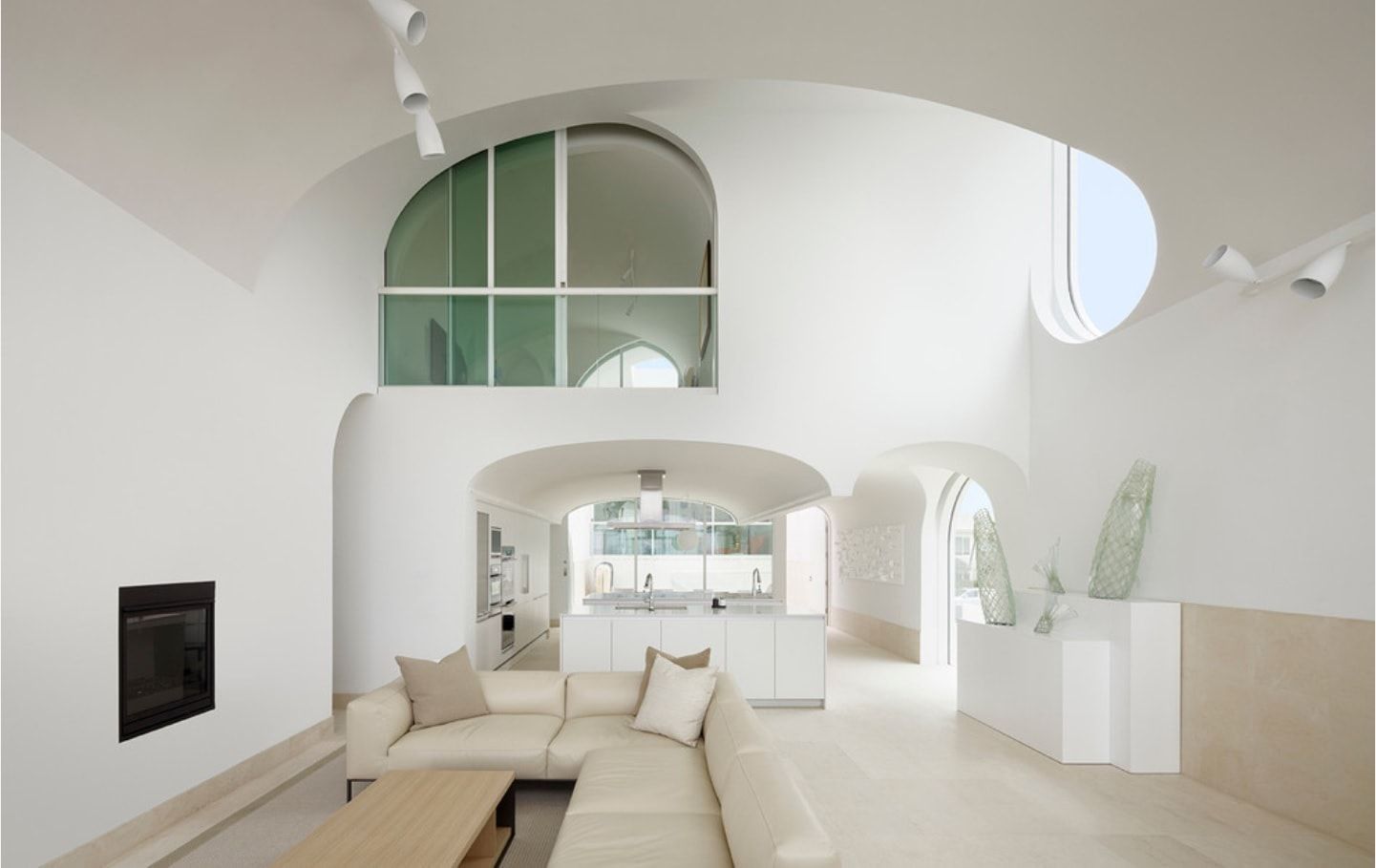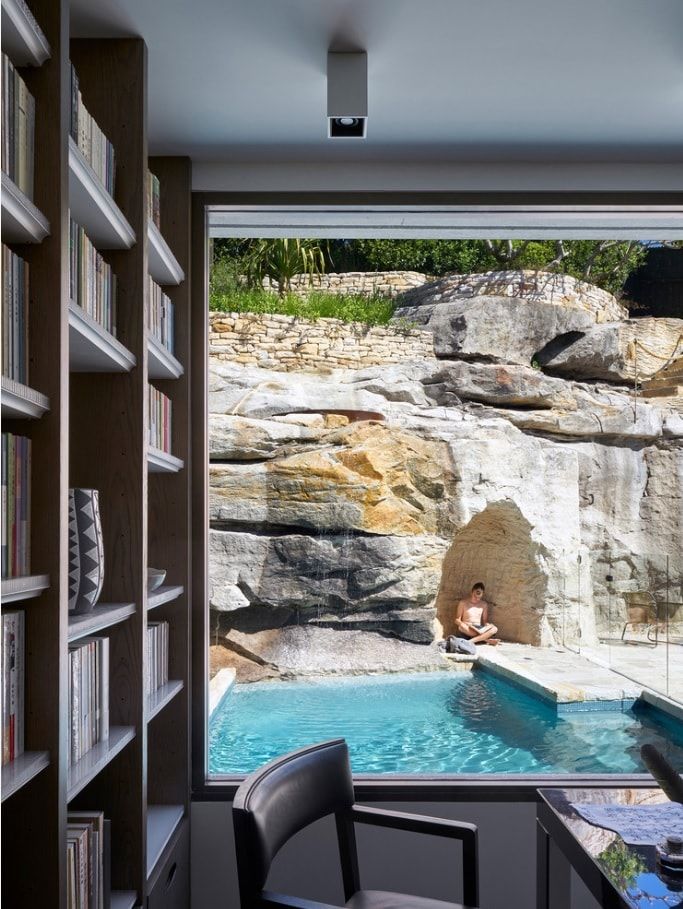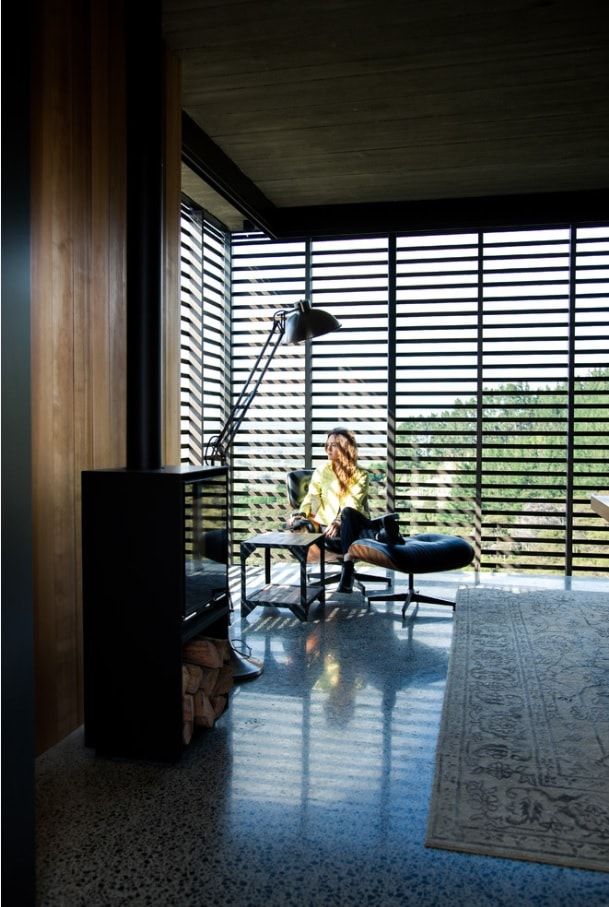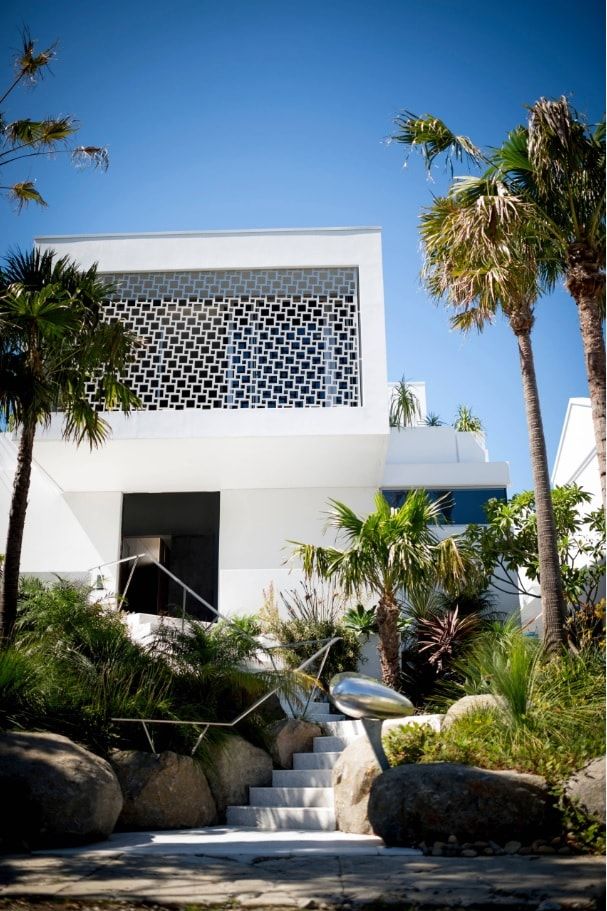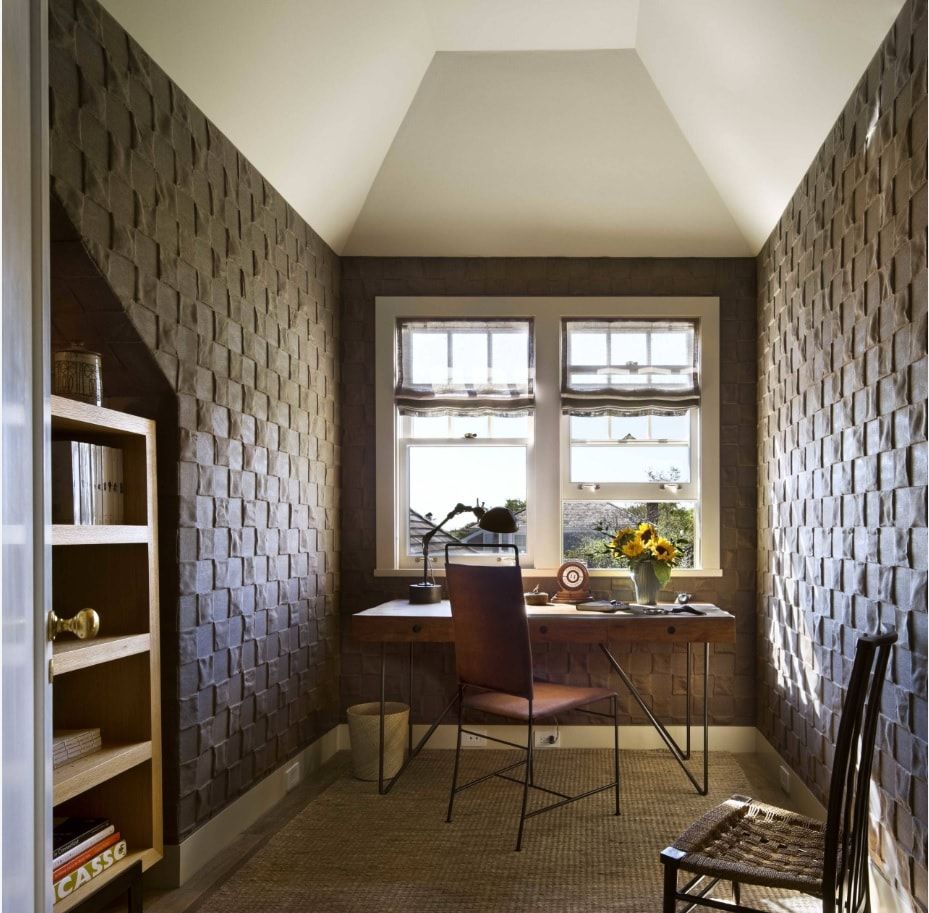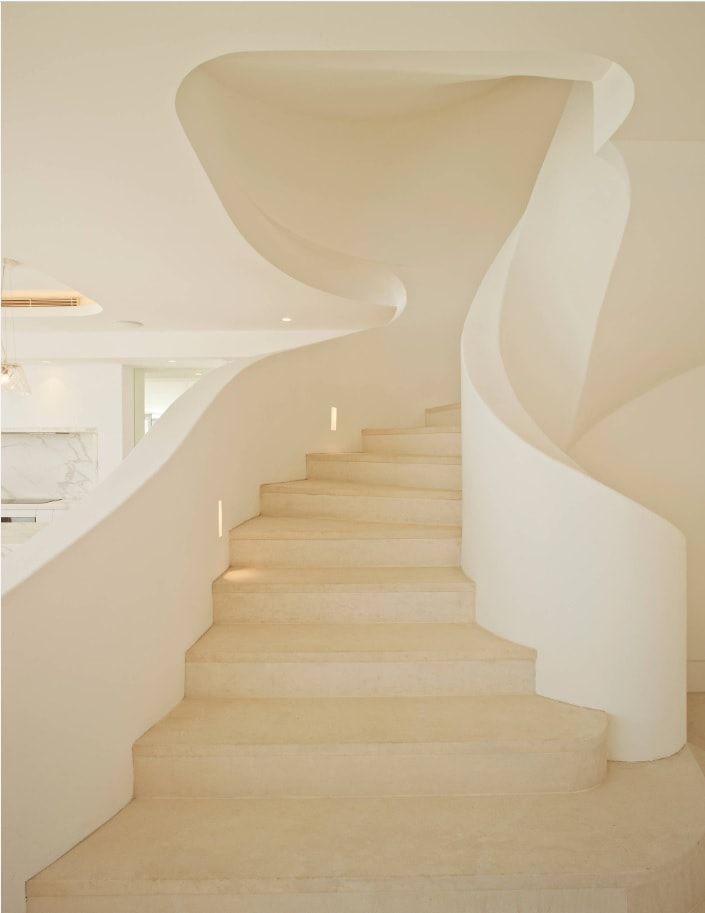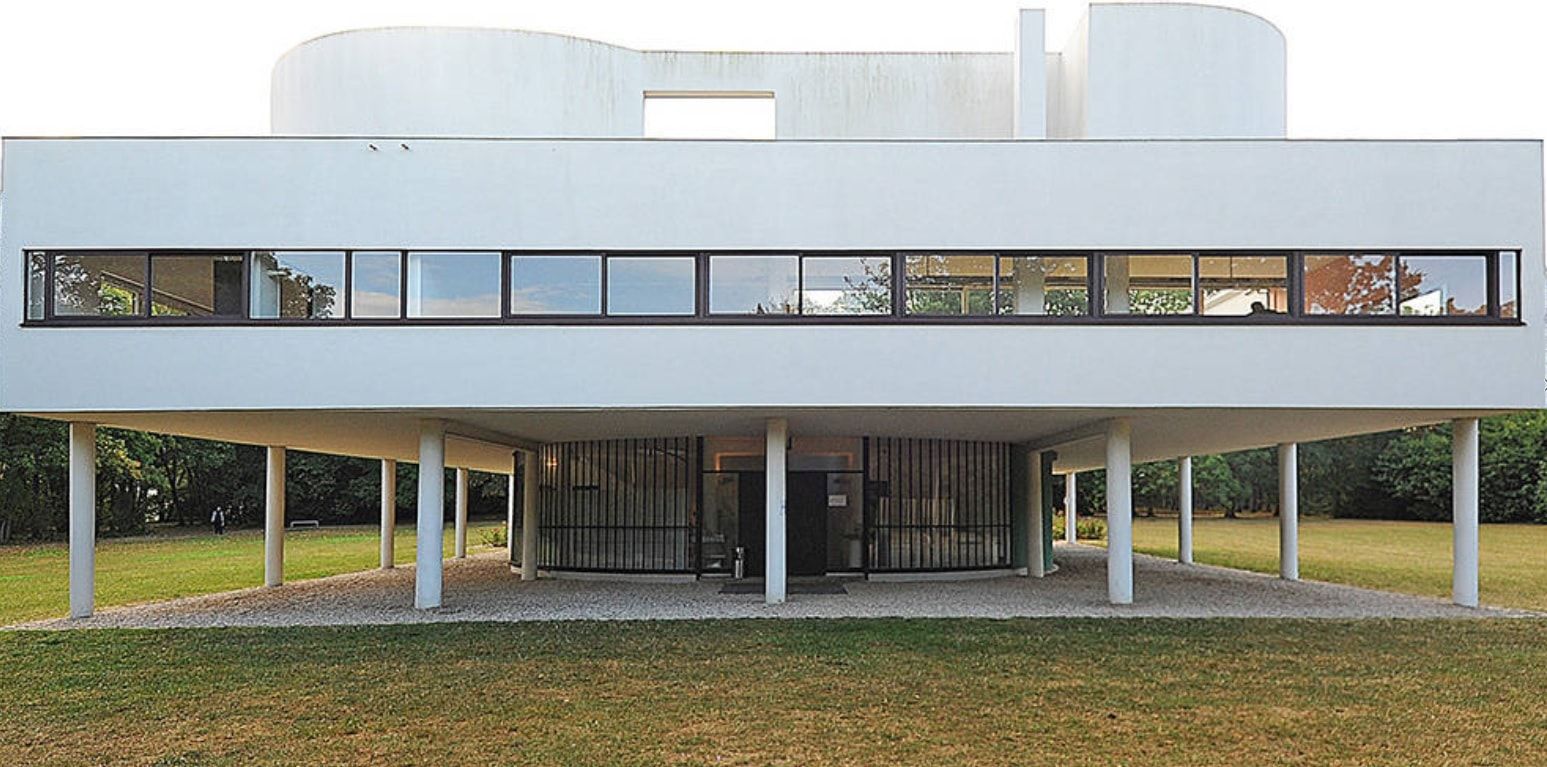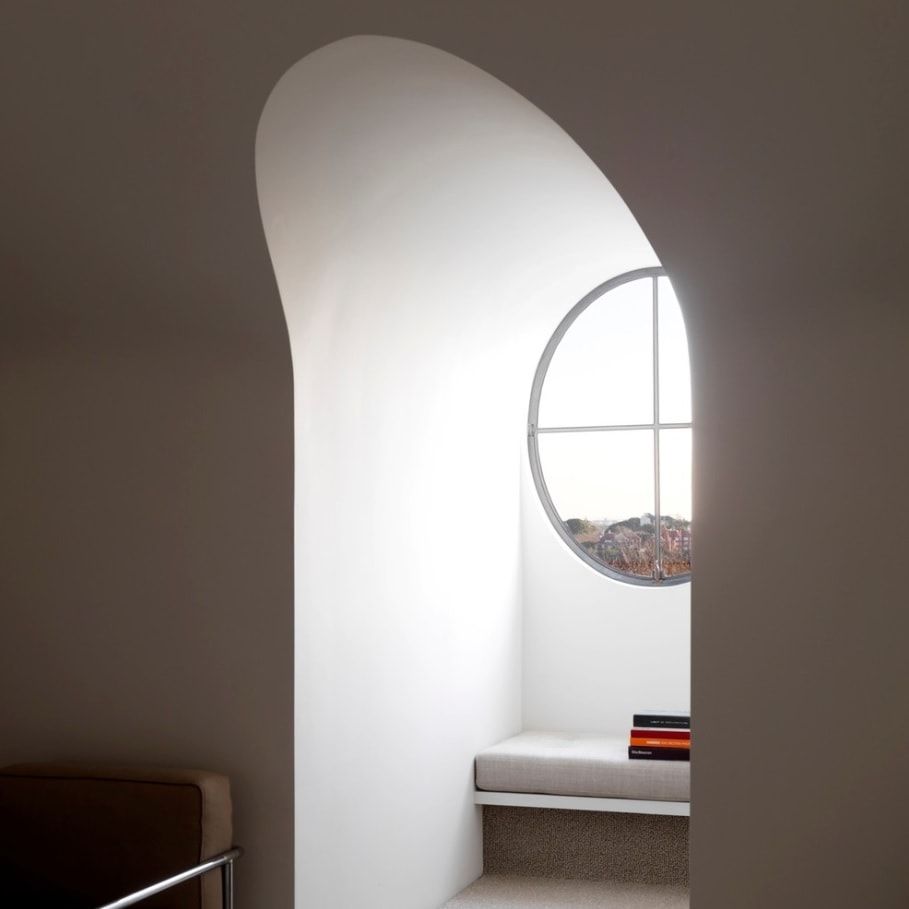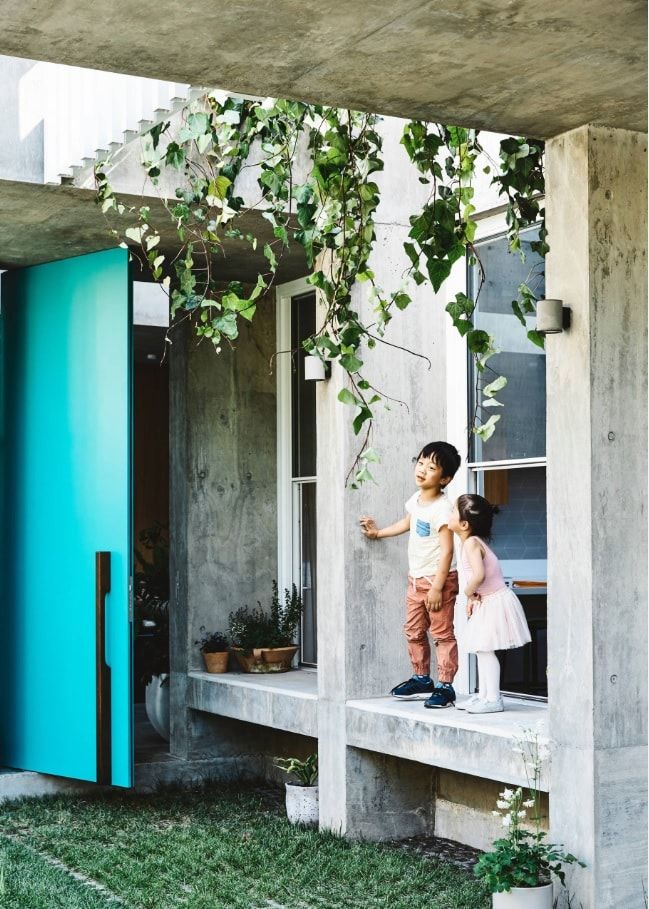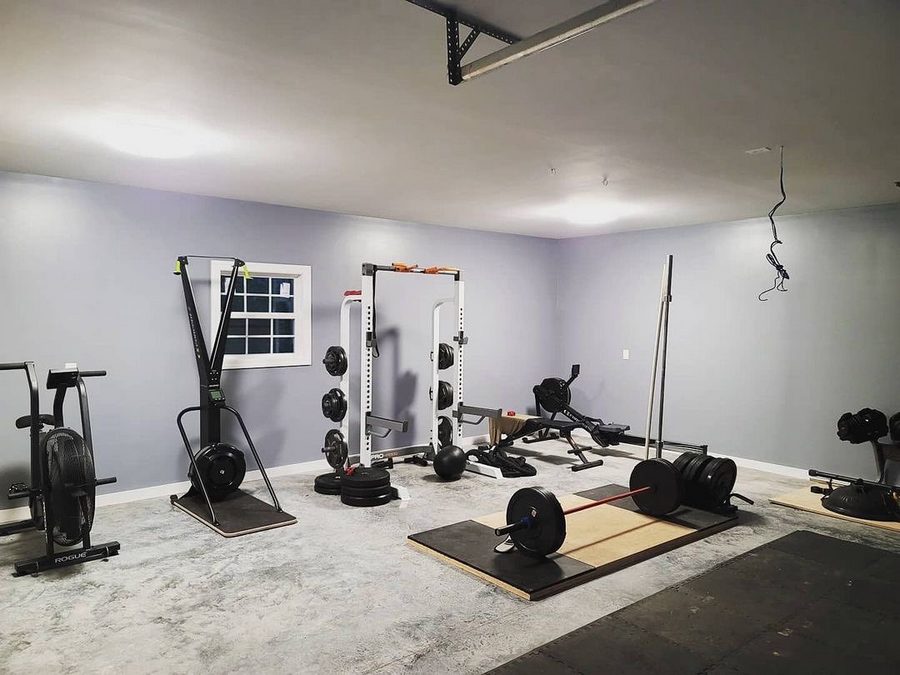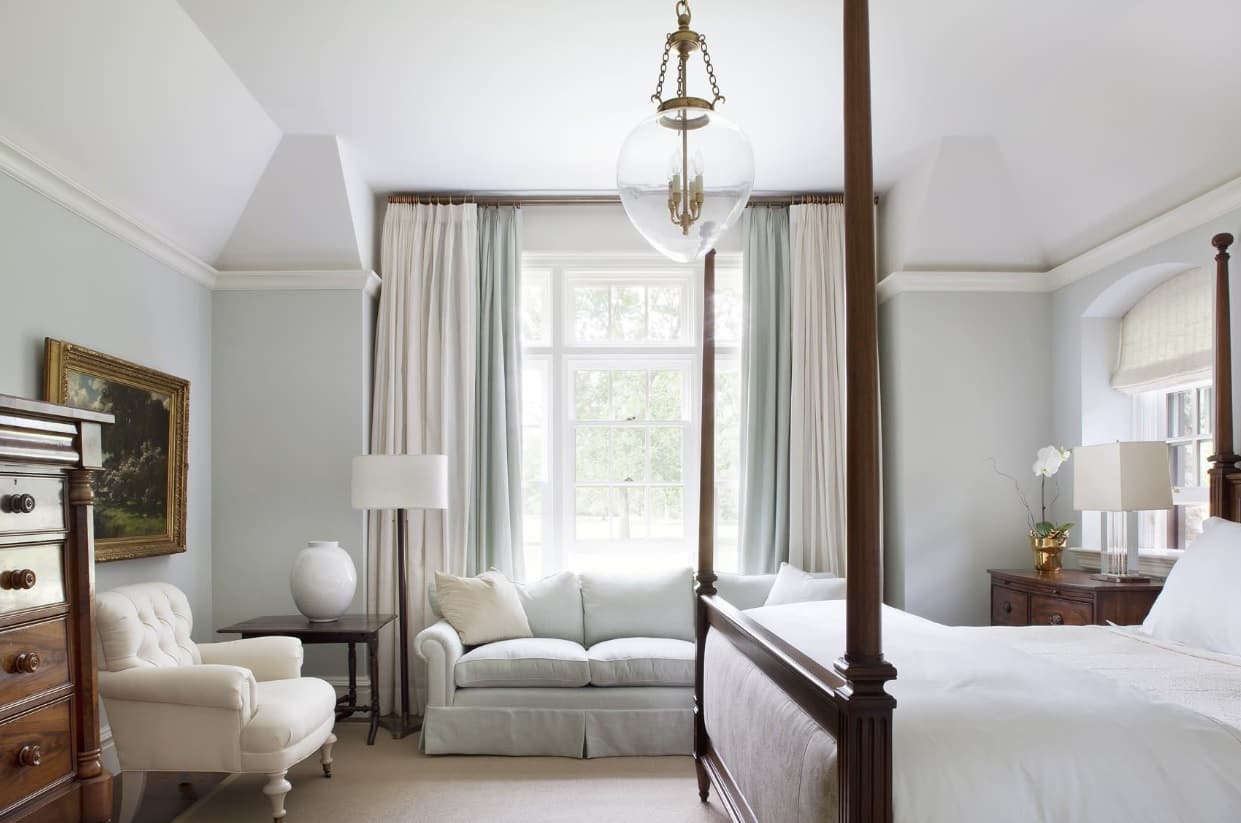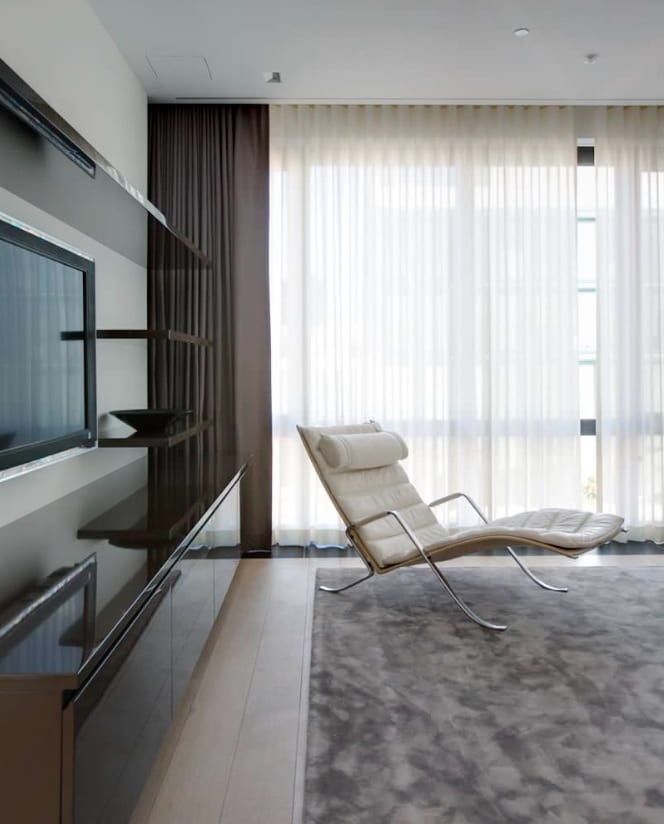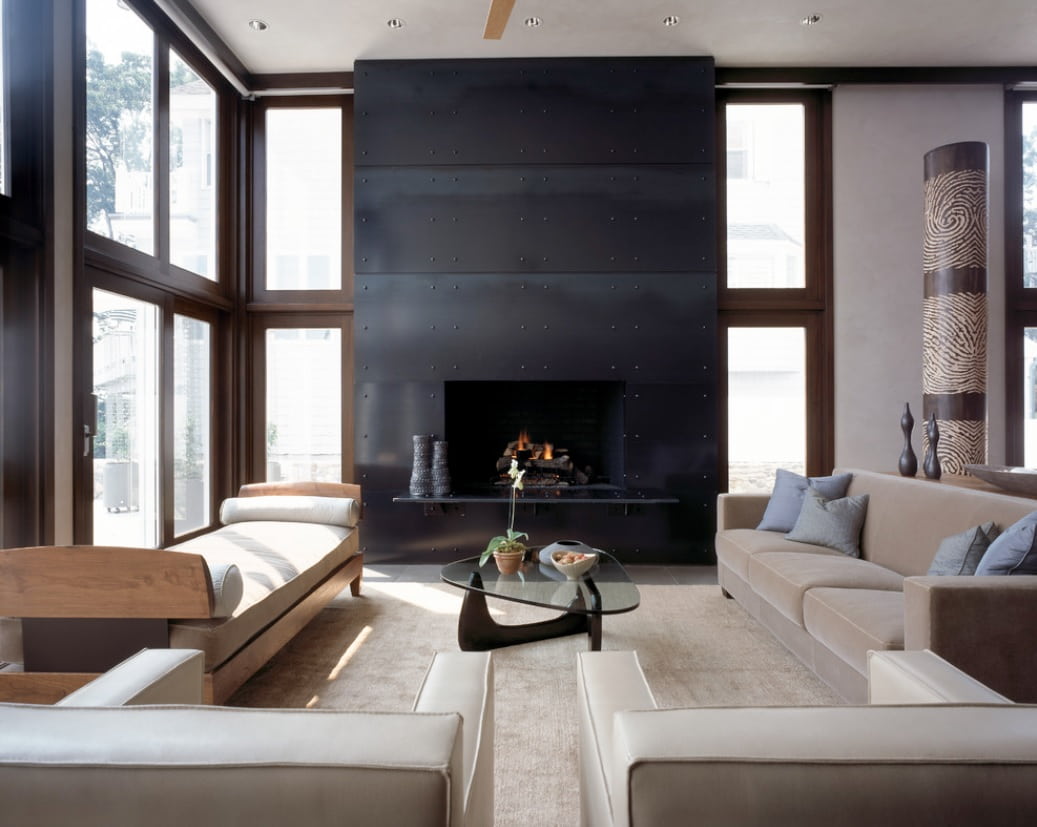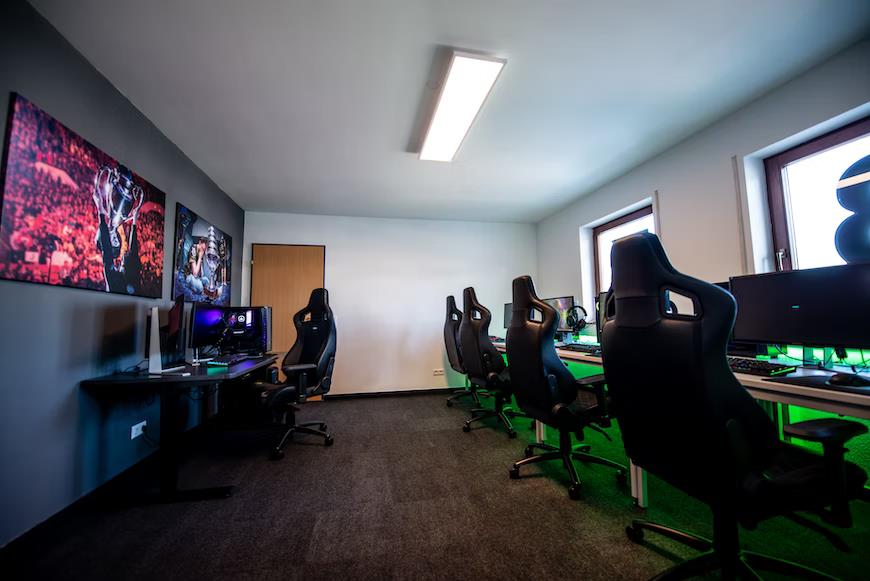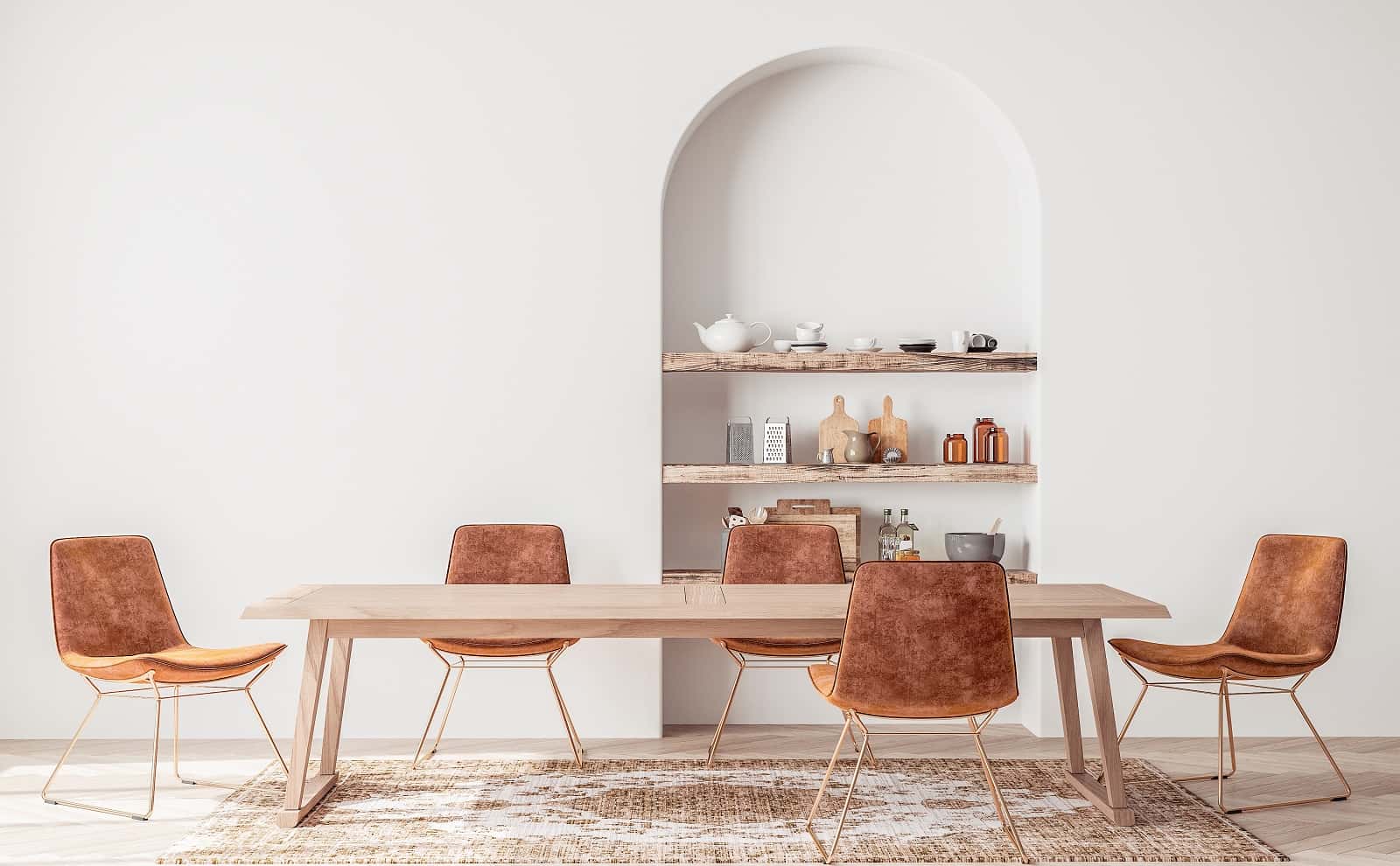The perception of interiors, as well as our state of health, directly depends on the characteristics of the brain. It is studied by the neuro architecture. How interior design and our mood connected you can learn from the article below.
Contents:
- Inception
- Evaluating the perception
- How our brain reacts?
- Difference in reaction
- What we subconsciously looking for?
- The reaction of the architects
- How do we use neuro-architecture?
Have you ever felt uncomfortable, as if trapped, inside a room or a building? Perhaps it was a long narrow corridor with no visible exit or a poorly lit room with a low ceiling (it seemed to be pressing on you). And vice versa: did they feel a sense of surprise and even delight inside some interior? For example, try to be mentally “inside the living room” with the photo above. Surely your emotional reaction will be different from the reaction you feel in your own living room.
A whole science, the Neuro-Architecture, is devoted to studying the reactions of the brain to this or that space or building.
The whole of the Neuro-Architecture originated from ancient times – the architects of ancient Egypt, or, let’s say, the Greek builders perfectly understood what lies behind our reactions to this or that construction. But earlier this understanding of ancient architects was rather intuitive, and the hypotheses were backed up by the “wisdom of generations” and were not proven.
Inception
Now we are talking about the whole branch of science. The Neuro-Architecture combines two different disciplines: neuroscience (the science of brain work) and architecture. Using all new knowledge about how the brain operates, the Neuro-Architecture studies the response of a person to the constructed environment. Already now we can understand why we react in one way or another to a certain building or space.
Important: Neuro-Architecture is not a trend or style. Almost all movements and “isms” in architecture and design were supported by a certain style or philosophy. Neuro-Architecture is less connected with a concrete embodiment in architecture and more with people who embody it. It is a science that studies brain reactions to spaces and structures: why is in such way, and not otherwise, a person responds to design and architecture.
“Today, scientists have learned quite accurately understand the brain’s reaction and the principle of its work. And we have a powerful set of tools that allow us to measure physiological responses to a particular space, “says Colin Ellard, author, and professor of cognitive neuroscience in Canada.
How can We Evaluate our Perception?
Together with other neuroscientists, Colin Ellard conducts research in the field of virtual reality and real spaces, measuring the physiological reactions of people. “The advantage of virtual reality is that you can build any desired model. But there is a drawback: no matter how good the rendering, people know that this is not real. And I suspect that their answers are just pale reflections about how they react to real places, “the scientist notes.
“But in both cases, we rely on a set of traditional psychological tools (that is, we ask many questions and conduct various tests) and small bodily sensors that measure the heart rate, body temperature and the intensity of the sweat glands, telling us about the excitement of a person. In some studies, we take into account the movements of the eyes, “the researcher says.
How do our Brain and Body React?
Certain cells found in the brain’s hippocampal region are tuned to geometry and how our spaces are organized. Whenever you enter a room, house or any space, these cells are busy navigating and storing spatial information in the form of cognitive “maps.”
As an experiment, remember the space where you were uncomfortable and wanted to leave. Your heart will start to work faster, and your breathing will accelerate a little. This is because the hypothalamus will begin to give your adrenal glands information about the release of adrenaline and cortisol, “stressful” hormones.
Are you annoyed and alarmed? These are stress hormones being produced to enrich the blood with oxygen due to rapid breathing. Did you feel something strange or the body’s readiness for action? This is due to blood vessels narrowed to take this oxygenated blood to the muscles, alerting them and preventing the perceived threat (the task of the muscles in this situation is to get you out of this room or building as quickly as possible).
Our physiological state has a huge impact on our health, therefore, given that many people spend 90% of their time in buildings and public spaces, “healthy” homes, workplaces and areas are extremely important for our well-being.
But People React Differently to Design, Right?
That’s absolutely correct. There is no universal response to a singular space, and researchers are making corrections to it. Our initial reaction to some space often differs from subsequent reactions – after this space has become familiar. Add to this our experience of living in such spaces. For example, the brain of two people will react differently to the same room, if one of them passed successfully the interview here and the other person was dismissed. Scientists make corrections for the difference in age and cultural experience, which can dictate preferences.
“We have seen how the level of physiological arousal changes when a person moves from one room to another. Go to a large, open space, and your level of excitement, as a rule, will grow. But this is the initial response to a space that a person has never seen before. What is more important and what we know less about is how the design of the house can affect a person for several months and years of his life. This is a more complex and subtle question, “the researcher continues.
What are We Unconsciously Looking for in the House?
Of course, not everything in our wish list for an ideal home stems from biology, although this is exactly what the neuro-architecture is exploring.
“When we look at the reaction of people in different spaces, we look at the underlying biological problem, called “habitat choice.” On the scale of evolutionary history, the problems of relationships with space are the same for us as for a fox looking for a suitable place for a burrow, or for a bird looking a corner for a nest.
From the point of view of biology, everyone is looking for a place that will increase our resources and minimize the likelihood of various kinds of dangers. The majority of modern people, fortunately, do not need to think about such problems, but these factors still influence our preferences. ”
Open Spaces vs Closed Spaces
People search for different spaces for different types of communication: “Research has shown that people like open space when they need to communicate with friends. And at the same time, they like a small enclosed space, when a person needs to be alone with a difficult task or emotions, “says Colin Ellard.
Read more:
5 Den Room and Area Design Ideas
Studies have shown that the facades exert a strong influence on us: “We found that the symmetrical facades bring participants in the experiment more pleasure and positive emotions.”
Judging by research, people prefer complex textured facades more, and monotonous ones cause less brain activity. For example, when during one of the experiments the students of Dr. Ellard walked past a long dark shop, their mood worsened, and the excitement diminished. “I think this is due to our desire for new information,” the scientist supposes. “For people, information is crucial, helping the signal system make security decisions.”
The scientist believes that the results of studies of the textures’ perception can be applied to interiors. “In fact, we find similar results when showing interiors. If you have never found minimalism attractive, perhaps this is one of the reasons. ”
What we Subconsciously Search for in the Room?
Colin Ellard is not alone in his studies. Roger Ulrich, a professor of architecture from Sweden, found that patients who have a view of nature from a window recover faster than those who face the walls. Scientists from the Salk Institute for Biological Research in the United States collaborated with architects and studied how different types of lighting in buildings (with lamps in cold or warm tonality) affect us cognitively.
Canadian professor of psychology Oshin Vartanyan concluded that a person reacts positively to curvature in architecture: curved surfaces (compared, let’s say, with jagged ones) are less likely to harm a person on contact.
“Human likes curved paths, perhaps because they generate what environmental psychology (the field of psychology that explores the impact on our behavior of a human-constructed environment) calls “mystery.” People like to be in situations of what can be called “disclosure.” We like the spaces in which people are enticed by the promise of further information, “says Colin Ellard.
The reaction is ambiguous. “This approach has many supporters, but there are also opponents (and I, of course, heard and met them), who are more skeptical about this topic. There is also a position that neuroscience is a step back close to the views of Le Corbusier in architecture, “explains Ellard. This, however, does not prevent the Neuro-Architecture from developing. For example, the Academy of Neuroscience works in the field of architecture – a group of scientists and architects who meet every two years, exchange information and their achievements.” According to Colin Ellard, it is important to understand what you need and how the proposed design will affect your feelings in the future interior: “Your personality dictates preferences to a certain extent. For example, if you are an explicit introvert, then most likely, you will not be very comfortable in the open-plan living room. If you are looking for a new apartment or house, think about the past experience: where you were comfortable, what interiors were experiencing inconvenience, and in which ones – on the contrary, the mood was rising. Determine in advance what can work in your case. As a scientist, I can use my sensors to find out, according to your brain waves, whether a person is relaxed or unhappy. But you can determine whether you are excited in a positive way, or are bored in this or that interior by yourself. This requires patience and attention to your feelings, so trust yourself and your feelings more. ” P.S. As a small addition to the article, we would like to introduce the great infographic that was kindly presented to us by EZ Living Interiors. It shows how we react the interior decoration and what trends of interior style we want to see depending on the sign of the zodiac:How to Use the Neuro-Architecture for Yourself?

